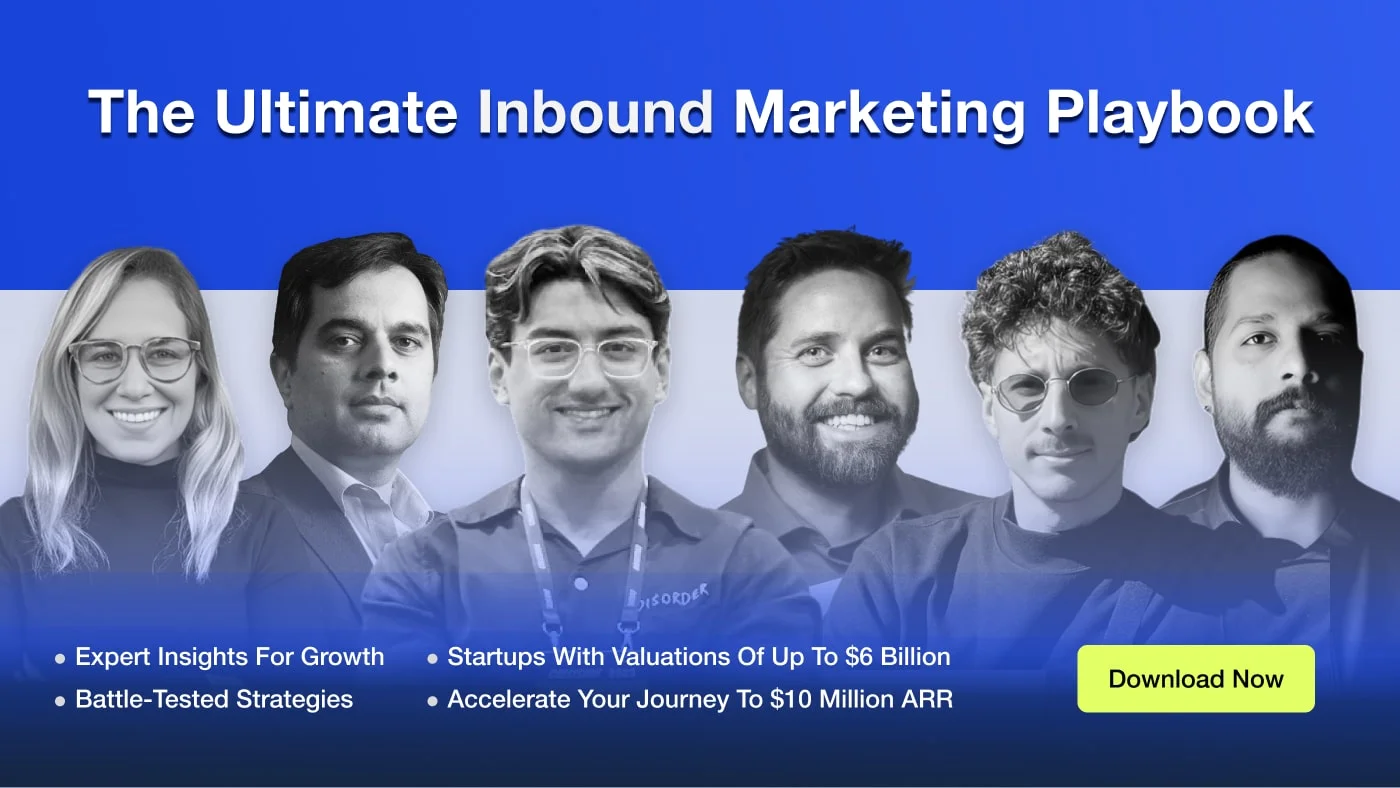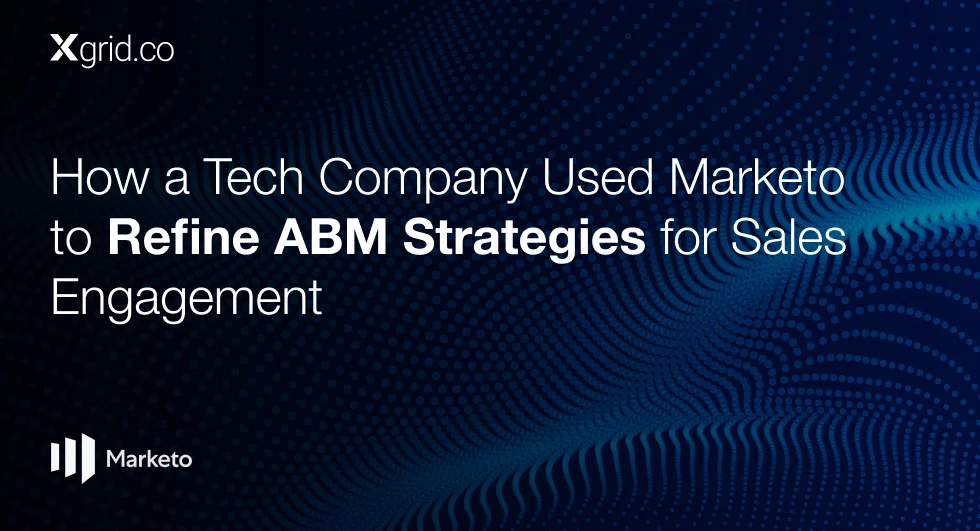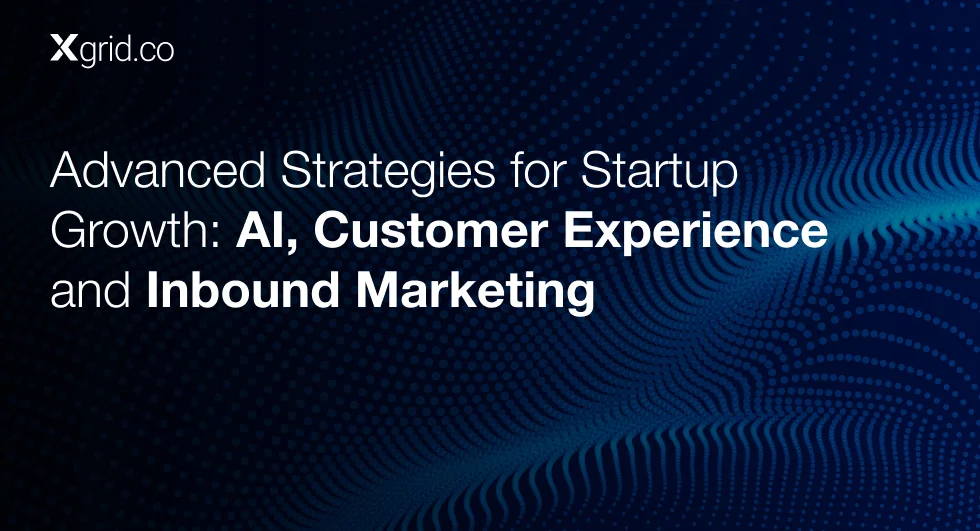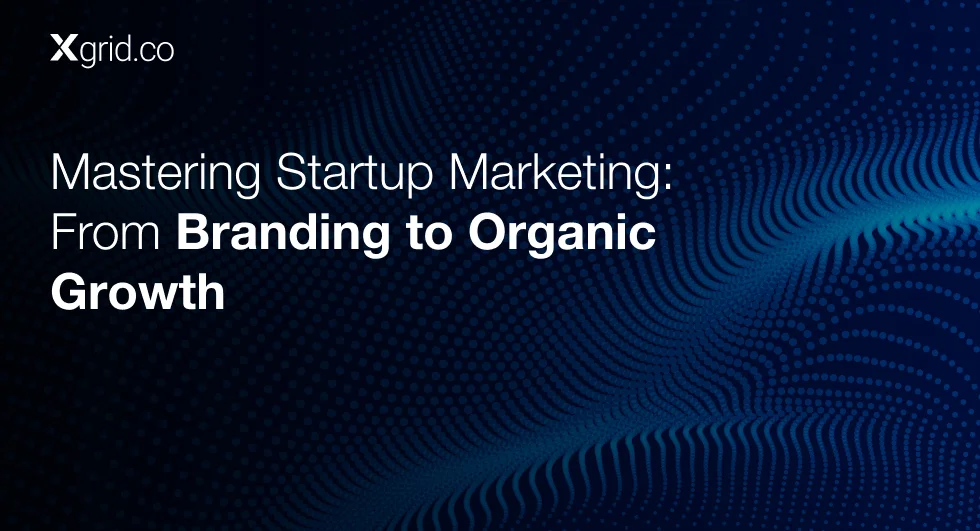How Dooley Increased Its Pipeline by 431% with Awareness Strategies
A layered content strategy that engaged customers early, built awareness, and activated leads through authentic, engaging content.
As Saad Khan, GTM consultant, explained, “We recognized the need to differentiate between aware and unaware potential customers.”
In this case study, we’ll explore how Dooley used content-driven strategies to nurture leads organically and drive exceptional results.
The Challenge
Like many SaaS companies, Dooley struggled with a common issue: activation failure. Despite thousands of signups, many users were not progressing into active customers.
This “activation failure” occurred when new users signed up but didn’t engage with the product, leaving many leads inactive in the CRM.
Additionally, a significant portion of their audience existed in the “unaware layer.” These potential customers were exploring options, window shopping, but were not yet ready to buy.
The challenge was how to engage these passive leads without pushing them too quickly through an automated sales funnel.
The Strategy: Engaging the Unaware Layer
To address these challenges, Dooley implemented a multi-layered content strategy designed to increase awareness, engagement, and activation.
The key was recognizing the difference between aware and unaware customers and catering content to each group.
1. Layered Approach to Buyer Awareness
The first step was identifying the “unaware layer,” where potential customers were passively engaging with content but had no clear intent to purchase.
As Saad Khan noted, “The unaware layer is when people are window shopping, the unaware people are engaging with blogs, webinars, and articles.”
Dooley created content specifically for this audience, focusing on educational resources like blogs, webinars, and case studies. The goal was to engage potential customers without pushing them through an immediate sales funnel.
2. Organic Content and Engagement
Dooley’s marketing team prioritized organic content that resonated with their target audience. This content was designed to foster discussions, comments, and engagement, creating a network effect.
As Saad Khan explained, “We generated a network effect by getting marketers to comment and engage, amplifying the voice of our brand.”
Dooley’s marketing strategy also involved partnerships with industry influencers and thought leaders, further boosting visibility and credibility within key markets.
3. Bold Campaign: “What the F* is Dooley?”**
To capitalize on the growing buzz around their product, Dooley launched a bold marketing campaign titled “What the F*** is Dooley?”
This campaign, in collaboration with organizations like J.B. Sales, aimed to answer a frequently asked question in the market and drive brand awareness.
The provocative and attention-grabbing campaign sparked interest, raised curiosity, and increased engagement across multiple channels.
“We partnered with companies like J.B. Sales and Misrepresenting Club and launched the campaign to educate audiences of sellers on how Dooley could help their businesses,” Saad Khan recalled.
The campaign’s success was driven by its ability to connect with an audience that was already curious about the brand but needed more information.
The Results
1. 431% Increase in Qualified Pipeline
Dooley’s content-driven approach resulted in a 431% increase in its qualified pipeline. By focusing on engaging content and educational resources, they were able to turn thousands of inactive leads into qualified opportunities.
2. Improved Activation Rates
By engaging potential users early with content that spoke to their needs and challenges, Dooley saw a significant increase in activation rates. Their nurturing efforts provided the necessary education for prospects to move from the “unaware” stage to the purchasing stage.
3. Brand Visibility and Awareness
The “What the F*** is Dooley?” campaign significantly boosted brand visibility, particularly on social media and industry platforms. The bold, authentic messaging resonated with their audience and helped Dooley establish a stronger presence in key markets.
Key Takeaways for Startups
- Recognize Different Buyer Stages: By identifying the “unaware layer,” Dooley was able to tailor their content to engage potential customers early, before they were ready to buy. Startups should create content for each stage of the buyer journey, from awareness to consideration to decision-making.
- Create Authentic Content: Focus on content that resonates with your audience and fosters genuine engagement. Organic content that educates and entertains will build trust and lead to more qualified opportunities.
- Be Bold with Campaigns: Don’t be afraid to take risks with your marketing campaigns. Dooley’s “What the F*** is Dooley?” campaign worked because it grabbed attention and capitalized on curiosity, while still educating prospects.
Conclusion
Dooley’s 431% pipeline growth is a testament to the power of a content-driven strategy that engages potential customers at every stage of the buyer’s journey. By focusing on educational, authentic content and bold campaigns, Dooley was able to activate dormant leads and build a strong, qualified pipeline. As Saad Khan wisely noted, “It’s about recognizing the unaware layer and engaging them before they’re ready to buy.” This approach can serve as a blueprint for startups looking to drive sustainable growth and improve activation rates.
Downloads
Article (PDF-276 KB)MOST POPULAR INSIGHTS
- How a Tech Company Used Marketo to Refine ABM Strategies for Sales Engagement
- Advanced Strategies for Startup Growth: AI, Customer Experience, and Organic Marketing
- Mastering Startup Marketing: From Branding to Organic Growth
- Driving Transformation and Creative Leadership in B2B Organizations
- Crafting Impactful B2B Campaigns: Emotional Messaging, Awareness, and Empathy
Related Articles
Related Articles

Established in 2012, Xgrid has a history of delivering a wide range of intelligent and secure cloud infrastructure, user interface and user experience solutions. Our strength lies in our team and its ability to deliver end-to-end solutions using cutting edge technologies.
OFFICE ADDRESS
US Address:
Plug and Play Tech Center, 440 N Wolfe Rd, Sunnyvale, CA 94085
Dubai Address:
Dubai Silicon Oasis, DDP, Building A1, Dubai, United Arab Emirates
Pakistan Address:
Xgrid Solutions (Private) Limited, Bldg 96, GCC-11, Civic Center, Gulberg Greens, Islamabad
Xgrid Solutions (Pvt) Ltd, Daftarkhwan (One), Building #254/1, Sector G, Phase 5, DHA, Lahore





